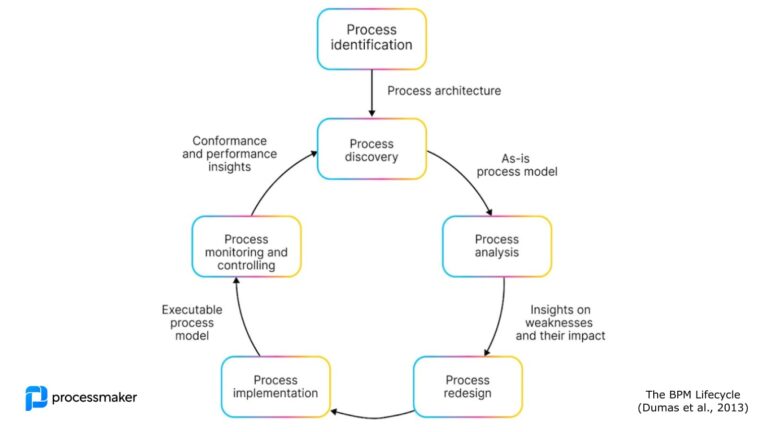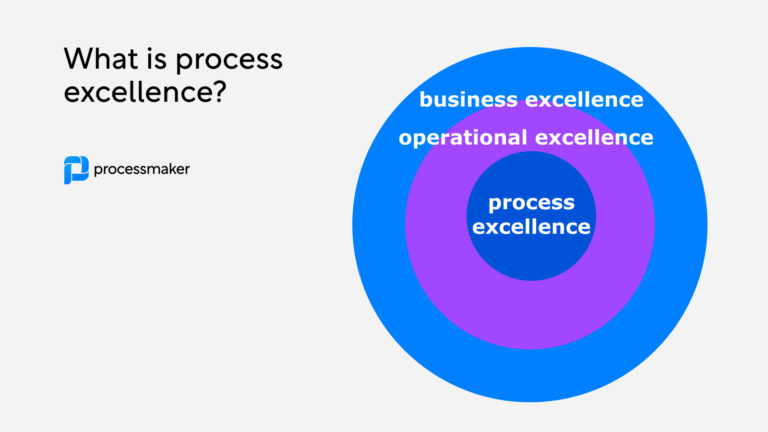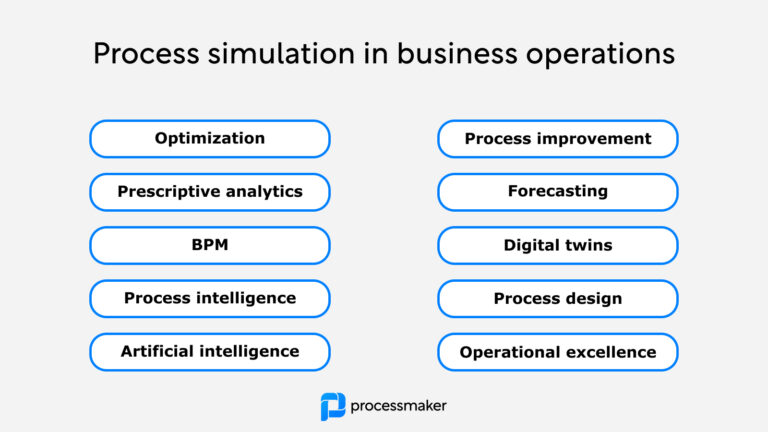The BPM software industry and the BPM Software selling model is broken and in need of change. Here are 5 reasons that the BPM industry is ripe for reinvention:
- 50 Billion Connected Devices – Everyone talks about the connected world. We are about to jump from a world of 6 billion connected devices to a world of 50 billion connected devices by the year 2020 according to most analysts. IoT companies are springing up like weeds everywhere as a result. BPM software will play a big roll in the connected world. There will be more and more iPaaS players that connect API to API but there will also be a tremendous need for more intelligent processes. That is what BPM provides what the iPaaS do not. But there is a big problem – the BPM software on the market today simply cannot scale to these levels efficiently. Most BPM companies have built their software based on the same Java based engines or copied the concepts and architectures of those engines. These are engines that were architected more than a decade ago. They are not architected to scale well, they consume too many compute resources to be cost effective, and they are prone to the security issues of Java. These engines were designed to digitize paper processes. There are still plenty of paper processes that need to be digitized and no shortage of work for BPM providers. But Digital Transformation is about something else. It will require a paradigm shift in the world of BPM Software. The process and workflow engines of tomorrow will need to be infinitely scalable, resilient, fully distributed, and able to handle millions of transactions per second.
- Micro Value Compute Economics – To be successful in the world of tomorrow, BPM software will have to be prepared for Micro-value compute economics. AWS changed the software business forever by reinventing the way people pay for software. Most software industry verticals have not yet figured out how to react. Many software companies think that they are running a cloud business because they now run their software on AWS, Azure, or Google Compute. Users don’t buy servers anymore and they can sign up online to try a service. That is great. But SaaS software is more than a decade old. If this is your cloud strategy, you are missing the entire paradigm shift that is happening today. It is not the cloud that makes AWS special. AWS is special because it has figured out how to charge for ever smaller segments of value. AWS is a master of micro billing. AWS has perfected long tail sales. AWS billing is based on the idea that every piece of incremental value that can be built should be delivered, metered, and sold as such. Think about what Google Adwords did for the Internet a decade ago. That is what AWS is unleashing now for software. Companies that are monetizing APIs as a business model get it. API as a service and Lambda as a service are the business models of tomorrow. We are at the very beginning of the serverless computing revolution. It is the revolution of micro value economics.
- Contractless Computing – Serverless computing is real and it is here. When you realize how micro value economics will change the world, it quickly becomes apparent that micro value economics is intimately linked to serverless computing. The two go hand in hand. You cannot continue to break a service down into its component parts, i.e. microservices, unless you have a way to string them together and charge money for them. Serverless computing cannot be tied to users or cases or contracts. Companies need a platform where on a moment’s notice they can add in a new micro service whether external or internal that will deliver value. Value will be managed in the tens if not hundreds of a cent. It already is being managed this way by AWS which have services that cost as little as $.000025 per unit. Value will be completely disaggregated. Value will be completely headless. If you are still thinking about users and user plans in this type of an economy, you will be out of business quickly. The idea of deciding how many users you need, filling out a form, and signing a contract (or worse still – having to speak to a sales representative) is an old concept. It may seem like a small change, but it is not. It is the equivalent of getting out of an uber without having to dig for your wallet and make a payment. It is already being done for you in the background. All services from driverless cars on down to workflow engine cycles will and should be purchased on demand.
- Lessons from IPaaS – Build a zap, a flow, or a recipe and start using it. This is how most of the iPaaS (integration platform as a service) providers sell services In the case of zap, it doesn’t matter if that zap runs your whole business or just picks up emails and updates a record. No one asks and no one cares. You don’t have to make any major decisions to build and deploy – you just do it. If you start using the zap a lot, then you have to pay. What the market needs is a bpPaas (business process Platform as a service).
- SaaS is killing BPM – Most BPM companies sell software based on user or case volume subscriptions. Many of these systems are still on-premises systems. Even the “newer” cloud software did not break this model. This model may work for ERP or CRM software where the use case is predictable. However, it doesn’t work for process software. Process Software delivers value in more discreet chunks. You develop a process, deploy it, and it delivers value for that particular process and for those particular users. Sure, there is BPM in the cloud, but BPM in the cloud is based on a software model that was popularized by SalesForce circa 2000. That was more than 18 years ago! It was innovative then, but it is not innovative now.
What does the future look like? Stay tuned to future blogs. Or to get a sneak peak, sign up for ProcessMaker I/O today!



